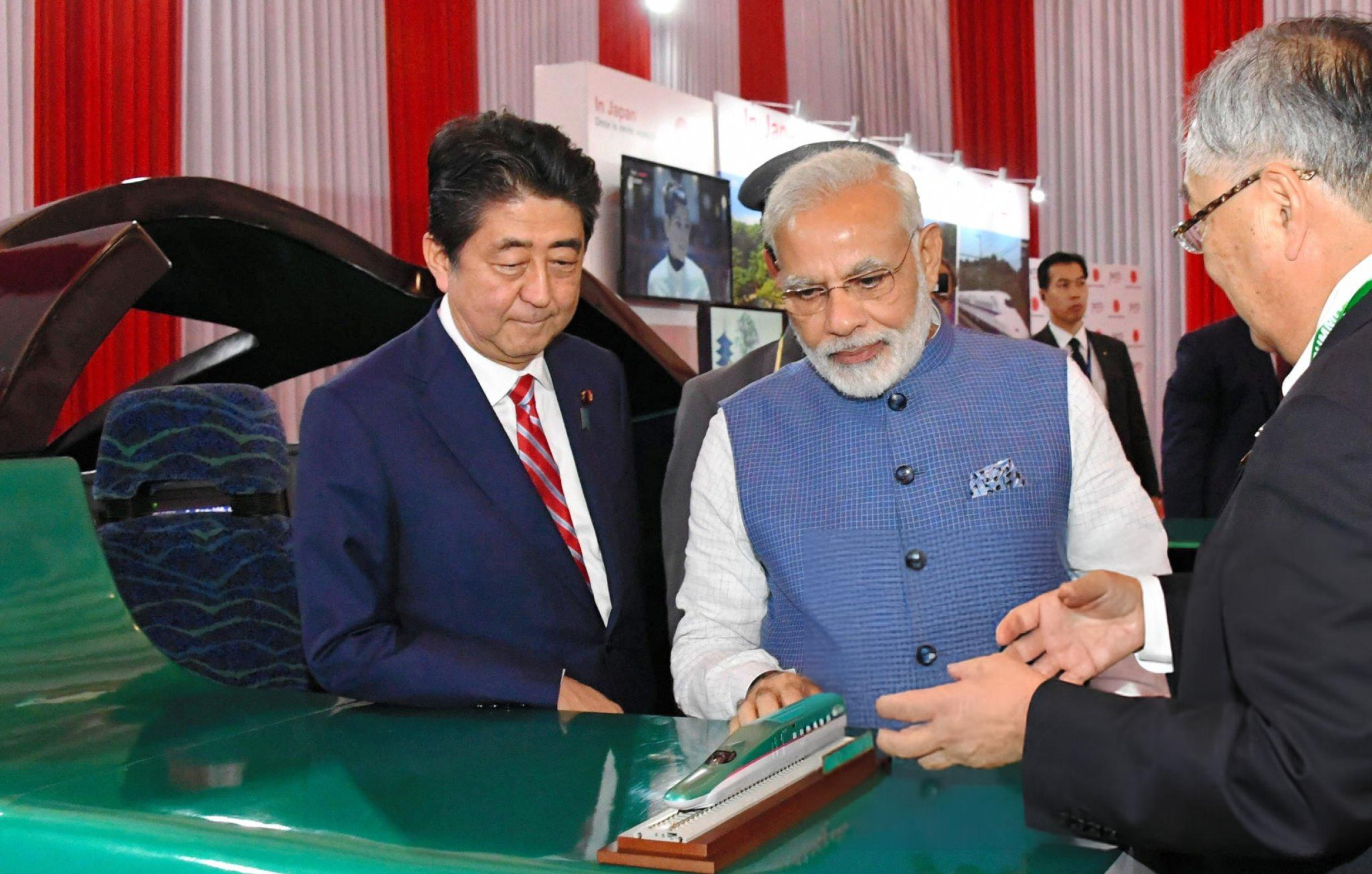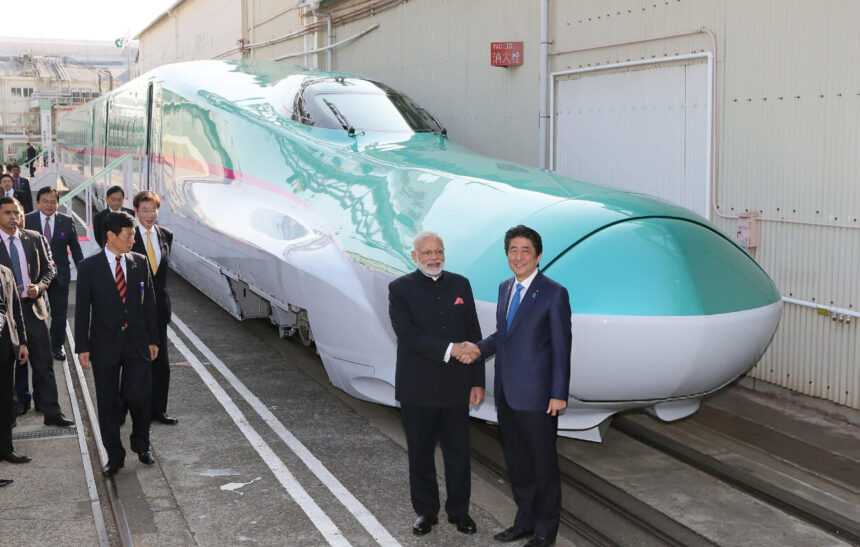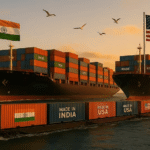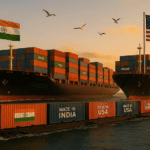India is preparing to make a historic leap in its transport sector with its first high-speed Bullet Train project. This ambitious mission not only promises to revolutionize travel but also plays a key role in nation-building and technological advancement.
Let’s take a closer look at what this mission means for India, what progress has been made, and how it will shape the future.
What is India’s Bullet Train Project?
The Mumbai–Ahmedabad High-Speed Rail (MAHSR) corridor is India’s first bullet train route, covering a distance of 508 kilometers. It will connect Mumbai (Maharashtra) with Ahmedabad (Gujarat) in just 2 hours, compared to the current 6–7 hours by conventional train.
- Technology Partner: Japan, using its Shinkansen (E5 Series) bullet train technology.
- Maximum Speed: 320 km/h (commercial), with potential to go up to 350 km/h.
- Number of Stations: 12, including Mumbai, Thane, Vapi, Surat, Vadodara, and Ahmedabad.
- Estimated Cost: ₹1.1 lakh crore (approx. $15 billion USD).
India–Japan Collaboration

One of the major reasons behind the project’s global attention is the strong partnership between India and Japan. The Japan International Cooperation Agency (JICA) is funding over 80% of the total cost through a soft loan with only 0.1% interest and a 50-year repayment period.
Japan is also helping India with training engineers, transferring technology, and setting up a High-Speed Rail Training Institute in Vadodara.
Construction and Progress: Where Does It Stand?
- Project Initiated: Launched in 2017 by PM Narendra Modi and then-Japanese PM Shinzo Abe.
- Target Completion: Originally 2023, now expected by 2026–2027, due to land acquisition and COVID-19 delays.
- Current Status (as of 2025):
- Over 80% of land acquired.
- Pillars erected across multiple sections.
- Bridges and tunnels, including the 21-km long undersea tunnel near Mumbai, under construction.
- First trial runs expected by mid-2026 on the Gujarat stretch.
Why This Bullet Train Matters
1. Time-Saving Travel
The bullet train will reduce travel time between Mumbai and Ahmedabad to just 2 hours. Business travelers, tourists, and daily commuters will benefit significantly.
2. Economic Growth
- It’s expected to boost tourism, real estate, and industries along the corridor.
- Will create over 20,000 direct jobs and nearly 1 lakh indirect jobs during construction.
3. Green Transport
- Electric-powered, reducing carbon emissions.
- Efficient land use and less pollution compared to air or road travel.
4. Technology Transfer
India will not just import bullet trains but also develop capacity to build them locally. This aligns with the ‘Make in India’ vision.
“India will become one of the few countries in the world with high-speed rail infrastructure,” says Vinay Kumar Tripathi, former Chairman of the Railway Board.
Challenges on the Track
Like any mega-project, the Bullet Train Mission faces several hurdles:
- Land acquisition delays, especially in Maharashtra.
- Environmental concerns near coastal areas and forest zones.
- Cost overruns and timeline extensions.
- Need for skilled workforce to manage high-speed rail systems.
However, officials remain optimistic. Work in Gujarat is moving rapidly and may be the first to host India’s inaugural bullet train ride.
What’s Next?
India plans to expand the bullet train network with proposed corridors like:
- Delhi–Varanasi
- Delhi–Ahmedabad
- Mumbai–Nagpur
- Chennai–Bengaluru–Mysuru
These corridors are currently under feasibility studies.
Quick Facts Recap:
| Feature | Details |
| Project | Mumbai–Ahmedabad High-Speed Rail (MAHSR) |
| Length | 508 km |
| Top Speed | 320 km/h |
| Completion Target | 2026–2027 |
| Cost | ₹1.1 lakh crore |
| Funded by | Japan (80% soft loan via JICA) |
| Jobs | 20,000+ direct, 1,00,000+ indirect |
Conclusion
India’s Bullet Train mission is not just about speed—it’s about building a modern, efficient, and future-ready nation. While challenges remain, the project showcases India’s growing ambition and its ability to partner globally for world-class infrastructure.
Stay tuned with The Vue Times for updates as India inches closer to its high-speed rail dream.









